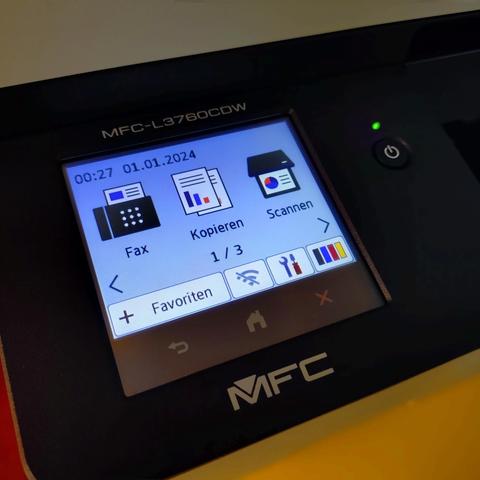2025-06-26 01:52:19
Listen to a steam train! 🚂🛤️
https://www.youtube.com/watch?v=wS6XAjd-9h8&list=RDwS6XAjd-9h8&start_radio=1
2025-07-22 21:10:44
Western Honeybee on a Rock Rose. Descanso Gardens, La Canada Flintridge, California, USA. May, 2025. #descansogardens #beer #honeybee
2025-08-25 10:02:10
Less Redundancy: Boosting Practicality of Vision Language Model in Walking Assistants
Chongyang Li, Yuan Zhiqiang, Jiapei Zhang, Ying Deng, Hanbo Bi, Zexi Jia, Xiaoyue Duan, Peixiang Luo, Jinchao Zhang
https://arxiv.org/abs/2508.16070
2025-06-24 11:24:42
Lamar Jackson helping to find ways to bring the Ravens closer, grow chemistry https://www.espn.com/nfl/story/_/id/45569080/baltimore-ravens-qb-lamar-jackson-bonding-teammates
2025-06-24 09:51:10
Transforming H&E images into IHC: A Variance-Penalized GAN for Precision Oncology
Sara Rehmat, Hafeez Ur Rehman
https://arxiv.org/abs/2506.18371 https:…
2025-06-23 15:31:11
Abbott vetoes Texas bill to ban THC products | AP News
https://apnews.com/article/thc-ban-hemp-texas-marijuana-abbott-9379bb3ab75b7278e9a3ec56fad791a9
2025-07-24 08:11:59
A tissue and cell-level annotated H&E and PD-L1 histopathology image dataset in non-small cell lung cancer
Joey Spronck, Leander van Eekelen, Dominique van Midden, Joep Bogaerts, Leslie Tessier, Valerie Dechering, Muradije Demirel-Andishmand, Gabriel Silva de Souza, Roland Nemeth, Enrico Munari, Giuseppe Bogina, Ilaria Girolami, Albino Eccher, Balazs Acs, Ceren Boyaci, Natalie Klubickova, Monika Looijen-Salamon, Shoko Vos, Francesco Ciompi
2025-06-23 08:35:48
Boah ey, wenn Miamedes den Abgang macht ist das bitter
https://www.mopo.de/hamburg/krise-in-hamburger-arztpraxen-droht-eine-pleite-im-benko-stil/
2025-07-25 09:05:32
Multicolor interband solitons in microcombs
Qing-Xin Ji, Hanfei Hou, Jinhao Ge, Yan Yu, Maodong Gao, Warren Jin, Joel Guo, Lue Wu, Peng Liu, Avi Feshali, Mario Paniccia, John Bowers, Kerry Vahala
https://arxiv.org/abs/2507.18058
2025-07-20 06:16:46
tschüss MFC-7820N und danke für viele, viele jahre treue dienste! willkommen MFC-L3760CDW, und auf viele gemeinsame bunte jahre! #heimbüro #bürotechnik #generationswechsel







